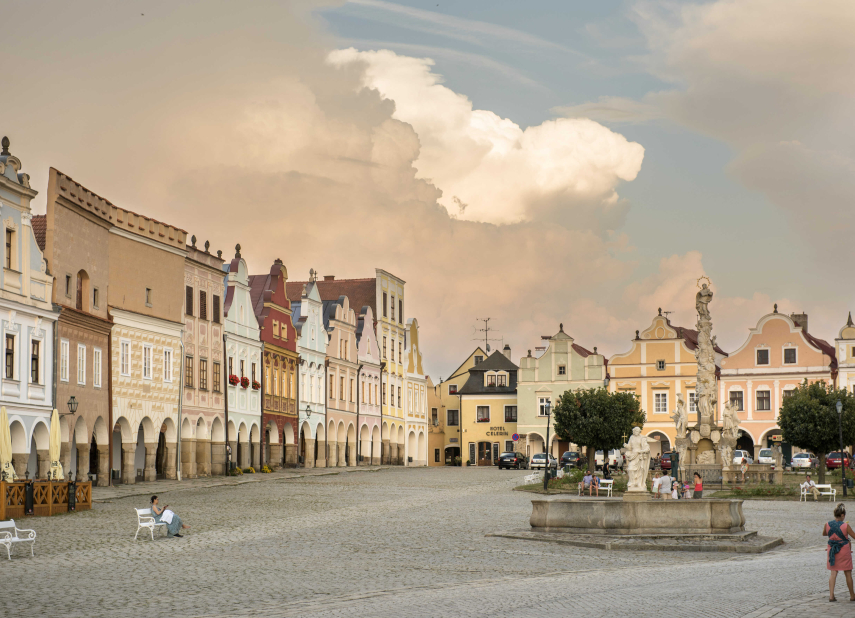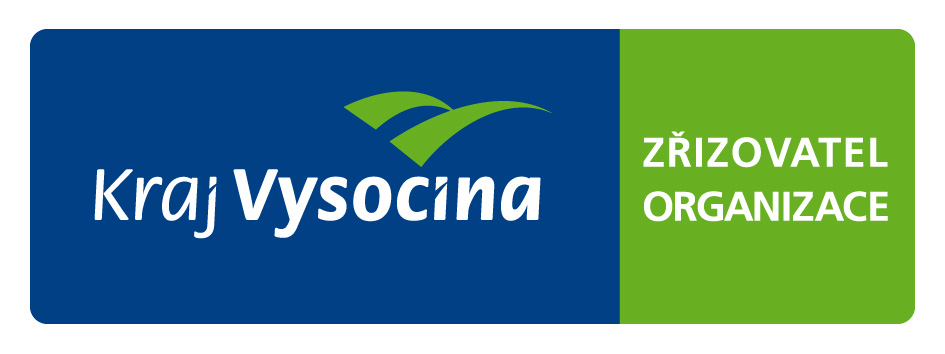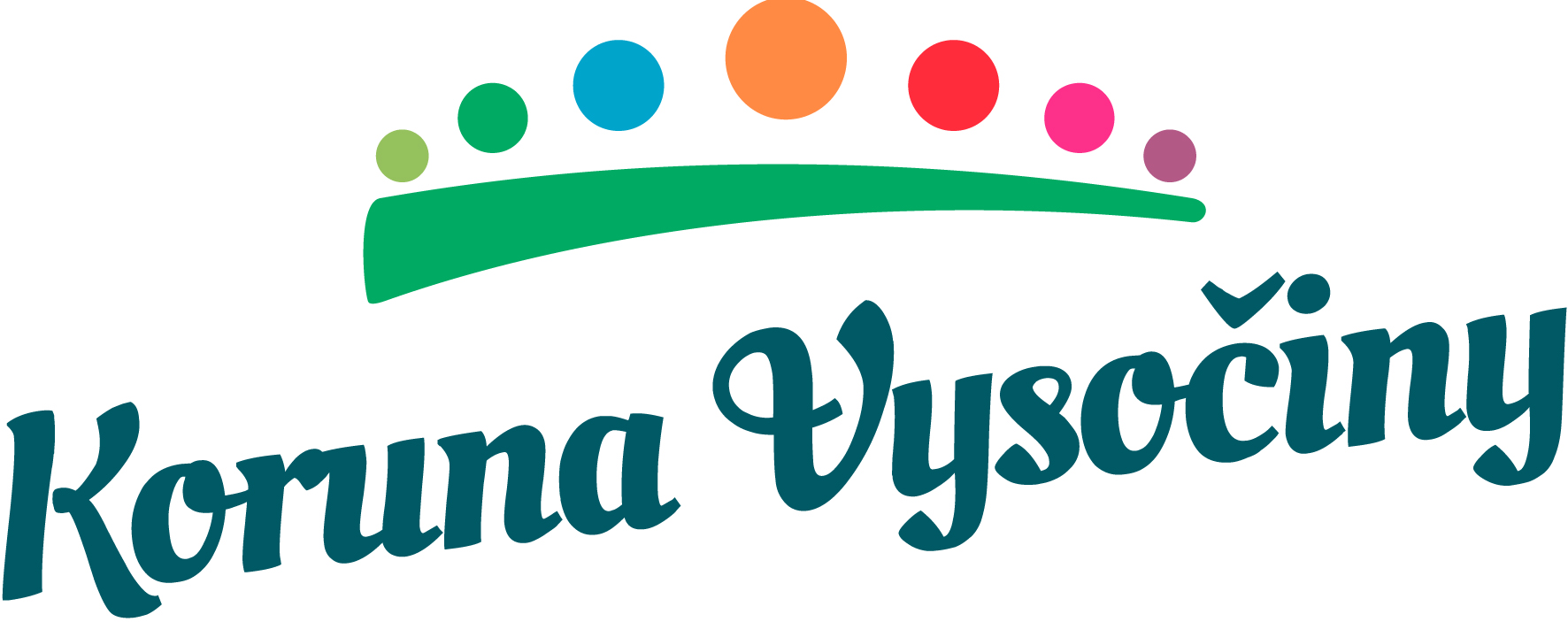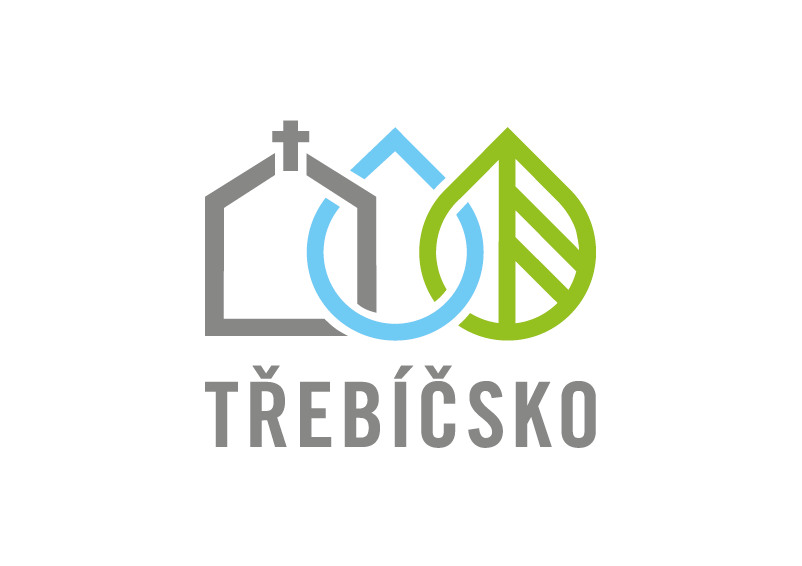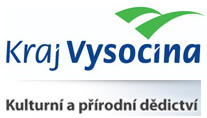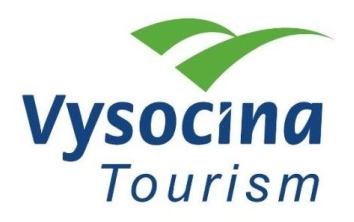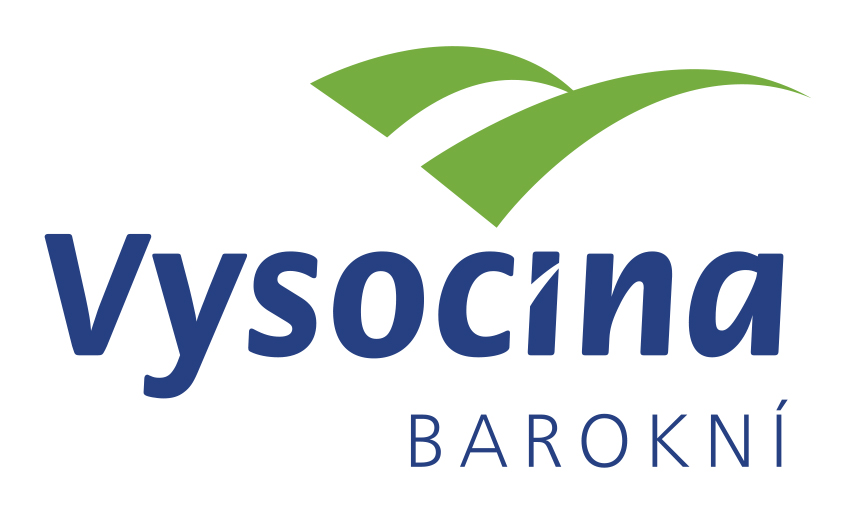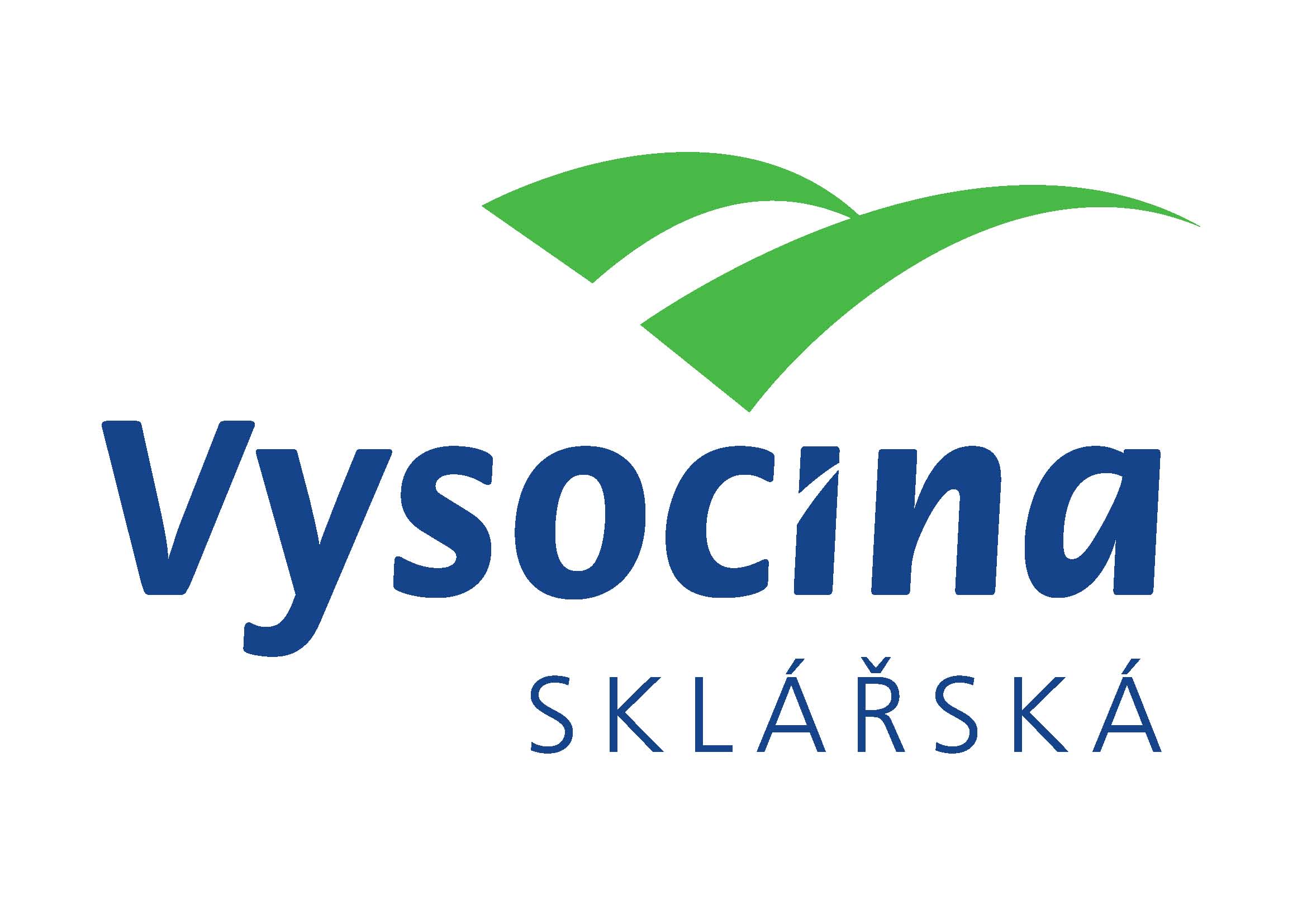ČESKOMORAVSKÁ ROUTE: FROM TIMBERED COTTAGES TO RENAISSANCE TOWNS
One of our longest cycle tours crosses the Vysočina Region as a reminder of the thousand-year land border between the kingdoms of Bohemia and Moravia. From the saddle of your bike, compare the differences between Bohemian and Moravian villages and between the Bohemian and Moravian countryside.
Contact
| Period: | summer |
Apart from the political perception, the historical boundary of the lands is an attractive impulse, especially for seeking its relics, whether contemporary or modern. You will constantly bump into old border bollards or new information signs.
131 kilometres, 3 days by bike and an incredible number of experiences.
Wandering along the Českomoravská Cycle path16 will show you several worlds of the Vysočina Highlands - deep forests Žďárské vrchy Hills, endless fields from Sázava to Jihlava and finally the cool forests of Moravian Siberia above the valley of the Thaya River from Třešt’ to Slavonice. The whole route can be divided into 40km sections over 3 days with overnight stays for example in Polná and Třešť.
First part of the route: Svratka-Polná
You will start your awesome ride along the Bohemian-Moravian border in Svratka. In this town on the northern side of the Žďárské vrchy Hills they still distinguish between the Moravian and Bohemian Svratka, the Moravian and Bohemian Cikánka and, as in neighbouring Herálec, the dividing line is the flow of the river Svratka.
Leave the town by taking cycle path 4180. However, those who would prefer to ride on quiet paved roads between pastures and forests can take cycle path 4120 (and 4122), which leads through deep forests north of Herálec. Both variants will meet at the Na Svobodě crossroads, which is still the regional border today. Continue along the forest road until you meet the routes 16a and EV4. Leave the common section through Vojnův Městec in Radostín near Dářko and continue along the forest road through Vepřová out of the Žďár forests into the field landscape of the Přibyslav region.
In the town, cross the Sázava River and follow the Posázavská cycle path and the Jablonský žleb drain along the road sections through Česká Jablonná, Brzkov and Hrbov until the town of Polná opens before you in a bowl-shaped basin. The city with its magnificent castle-château, Dean’s Church and large Jewish quarter certainly deserves a stop and a more detailed look. By the way, you are still on the Bohemian side of the border, which lies further east from here. But soon you will come across it again, right in Jihlava.
Second part of the route: Polná-Třešť
From Polná, head towards the Březina hill. In Ždírec you will again find yourself on the high plateau and after crossing the motorway bridge behind Měšín you have the regional centre of Jihlava in sight. In the thickening traffic and subsequent tangle of city streets, follow the signs and cycle paths that will lead you around the ZOO and just outside the walls of the historic centre, where you can visit the Jihlavské katakomby Underground passages or the Museum of the Vysočina Highlands.
After Jihlava, you will enter the next part of the route, the forests of the Javořická vrchovina Uplands, and you will cross the valley of the Jihlava and Thaya rivers. A gradual climb from the town through Pístov and Popice will take you to the wooded ridge of Špičák. Cycle path 16 descends immediately into the valley again to the railway at Třešt’, but you can use the paved forest roads, turn left and follow cycle path 5090 through the whole of the forest ridge through the pass between Malý and Velký Špičák. When you come across a stone milestone or the Třešt' grove, then descend into the town.
Third part of the route: Třešť-Slavonice
Třešť is famous for its Nativity Scene. You can also find a château here, as well as the Tesla radio-technical museum, an ossuary and Jewish monuments. The next stop on the route is Roštejn Castle in the northeastern corner of the Jihlava Hills forests. The dominant Gothic-Renaissance castle will satisfy even the most demanding of visitors. And after breathing in the atmosphere of ancient times and the forest air, you will head through the village of Doupě and Vanůvek to the UNESCO City: Telč, the Renaissance jewel of the Vysočina Highlands, surrounded by ponds with a château, an arcaded square and the lookout tower of St. Jacob's Church.
You enter the city centre past the Panský dvůr entertainment centre through the Lower Gate and leave Zachariáš of Hradec Square again through the Upper Gate. After Telč you will avoid the valley of the Moravská Dyje and instead climb in the direction of the heights of the area known as Bohemian Canada. The open landscape offers wide views, such as Náglova vyhlídka Viewpoint above Kostelní Myslová. In the rectory you will find the Genius loci exhibition about the history of the village. And finally, beyond Zadní Vydří you will leave the borders of the Vysočina region, for you have arrived in Dačice region and the spiritual centre of the Kostelní Vydří region. Above the village, the pilgrimage church of Our Lady of Mount Carmel with a working Carmelite monastery stands in a lonely position. A poetic place to refresh the soul.
Dačice, a Moravian town in southern Bohemia, is another town filled with Renaissance monuments. In addition to the castle, the lookout tower of the church or the old fortress, it is impossible not to remember the local world-renowned invention - the sugar cube, which even has its own monument in Dačice. This time you will not leave the Moravská Dyje valley after Dačice, but you will visit Staré Hobzí on your way through Hradiště and Vnorovice. Until recently, a remote corner just off the former Iron Curtain is now adorned with a restored splendid Baroque castle. Not far to the south of Hobzí, the border line has stretched since the First Republic.
All you have to do now is to cross the deep valley of the Dyje, pass the wooded Montserrat ridge with the Chapel of the Virgin Mary on your right and arrive at the forgotten Renaissance pearl at the end of our journey - Slavonice. The cosy town full of sgraffito houses, streets, gates, walls and unique underground passages is the gateway to Czech Canada and the Austrian Waldviertel region. And for you a beautiful end to the journey across the Vysočina Highlands.

